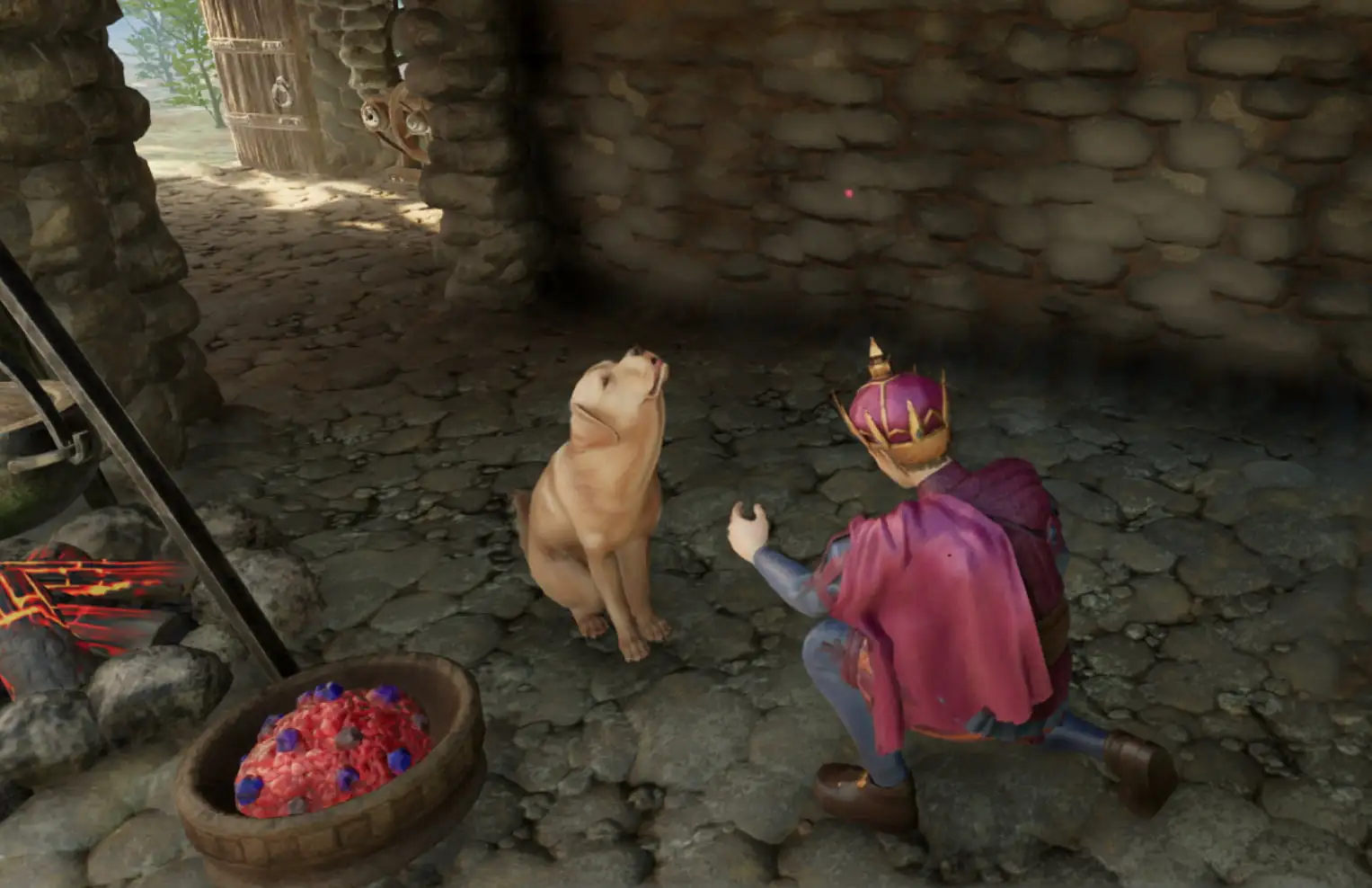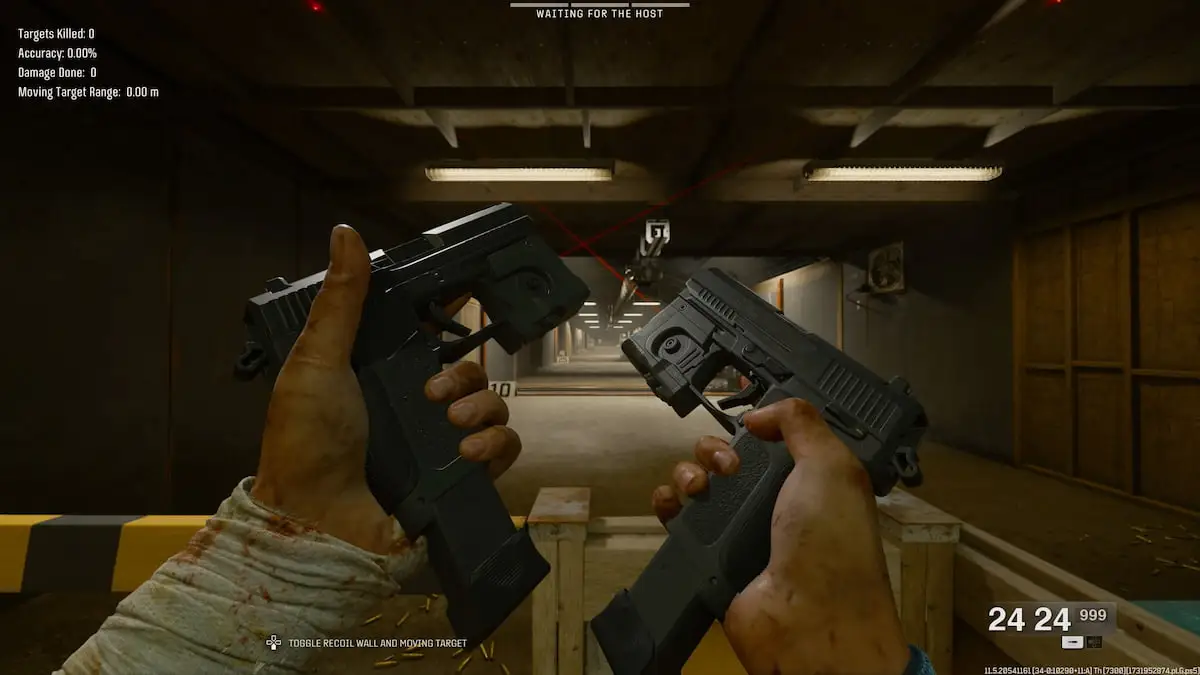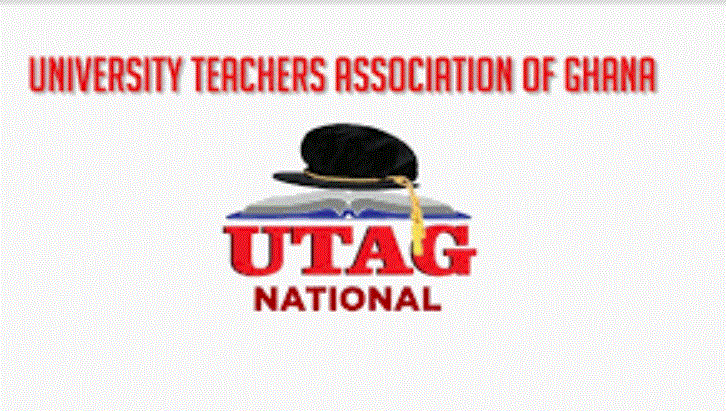The exhibition “Other Shores. Russian art in New York. 1924 “. It contains more than a hundred works that at one time participated in a large-scale display of Russian art in the Grand Central Palace in Manhattan. That exhibition was started with a commercial purpose, and a good half of the works settled abroad. Russian and foreign museums and private collections managed to collect about a tenth of it, but even in this composition, the “export art” of the first Soviet years made an impression on Igor Grebelnikov .
Dense hanging, all the color of Russian art of the late 19th – early 20th centuries: Serov, Kustodiev, Polenov, Serebryakova, Mashkov, Nesterov, Petrov-Vodkin, Ostroumova-Lebedeva, Lentulov, Konenkov, Golubkina, Korovin, Larionov, Goncharova … They are in pandan – artists are not so famous, if not forgotten, and also graphics, books, porcelain. All this is framed by an excellent display design, well-lit – in general, it looks expensive and rich. Yes, it is: some of the works are from the largest Russian and foreign museums, a couple of things are from the Vienna Albertina, the rest is from private collections. When the idea of a commercial exhibition of Russian artists in New York arose – it seemed that after the First World War America “retained the purchasing power of art works more than other states” – an effort must be made. Revolution, Civil War, economic confusion, wild inflation – against this background, even the most recognized and loyal to the new government lived in poverty. “Snow. Freezing. It is as if there is no sun in the world. Lack of money is getting worse, ”writes Korney Chukovsky in his diary on April 10, 1922, a very active person and involved in many undertakings. And here is the entry on December 3, 1923: “Now every collector of paintings hides his paintings away, removes them from the walls, rolls them into a tube, because he is afraid of the financial inspector, who demands that the bourgeois pay taxes.” And this kind of writing is the leitmotif of his 1920s diaries. So there were high hopes for America.
The initiators of the New York exhibition – artist Sergei Vinogradov and scientist and successful author of books on natural history Ivan Troyanovsky – approached the matter thoroughly. They attracted the pros: on the financial side – the publisher Ivan Sytin, on the artistic side – Ilya Mashkov, Igor Grabar, Konstantin Yuon, Konstantin Somov; created a committee, sent proposals for the participation of more than a hundred artists, enlisted the support of the state, promising to deduct 10% of the profits from the sale of paintings and tickets to the treasury. Artists could give their old works, their repetitions and new works: as a result, they collected more than 1000 works of painting, graphics, sculpture, decorative and applied art, and later the works of authors who emigrated to Europe were also delivered to New York. In December 1923, the organizers set off with a load from Moscow, along the way in Swedish Malmö Grabar rescued the works of Russian artists that remained in the museum there since the pre-war period. as expected, the exhibition opened at a very prestigious location in Manhattan, on the 12th floor of the Grand Central Palace. The states had not yet recognized the new Soviet state, but there was already a noticeable Russian diaspora in New York, the Moscow Art Theater went on tour with great success, the Diaghilev troupe and numerous cabarets were sold out, Fyodor Chaliapin sang at the Metropolitan. If the attitude towards the Union was wary, then in general it did not extend to the Russians themselves. The exhibition opened with great success. True, it did not fit like a Soviet one: on the contrary, the poster on which the coachman from Kustodiev’s painting Likhach, bearded, cheerful, waving his hat, was showing off, promised an image of Russia that had little in common with the present.
The works collected at the exhibition, on the one hand, seemed to be immersed in a fairy tale – churches and Christian subjects like “Vision to the youth Bartholomew” by Mikhail Nesterov or the evangelical cycle of Vasily Polenov, village fun, marvelous landscapes, Russian types – the same Fedor Shalyapin on the famous Kustodiev’s portrait “posing” with a French bulldog against the backdrop of a merry fair. On the other hand, they demonstrated a completely European training, knowledge of artistic fashion: impressionism, post-impressionism, modernism – and nothing non-objective-avant-garde, because it was important to give a feel for Russia, even one that had already been lost.
Americans warmly accepted the exhibition: numerous favorable reviews in newspapers, good attendance, social receptions, but at the same time sales were very modest (in New York – about 90 exhibits, including 13 paintings by Polenov), and taking into account the costs incurred, the exhibition closed with significant losses. But it is hardly worth blaming its organizers, selectors of exhibits, who honestly presented the best, in their opinion, from national art to the American public. New York, the future center of the world art market, of course, was guided in its tastes by the Old World, since 1913 the largest fair, the Armory Show, was held there, and galleries welcomed Dadaists, surrealists and all the most fashionable from Paris, Berlin, London. Against this background, the brought Russian art seemed even more exotic. York, then the future director of MoMA Alfred Barr will go to Moscow – including shopping for new art for the museum.
However, the American and Canadian tour of this exhibition continued until 1926. Everywhere the works were received favorably, something was sold, although a good half of the exhibits eventually returned to their homeland. And he continues to return: works from those tours from time to time surface on the art market. And the current exhibition, which has become the result of the most thorough research, not only replenishes a page in the history of Russian art, but also teaches that “one’s own path”, even in art, does not lead far.
Note: This article have been indexed to our site. We do not claim ownership or copyright of any of the content above. To see the article at original source Click Here













